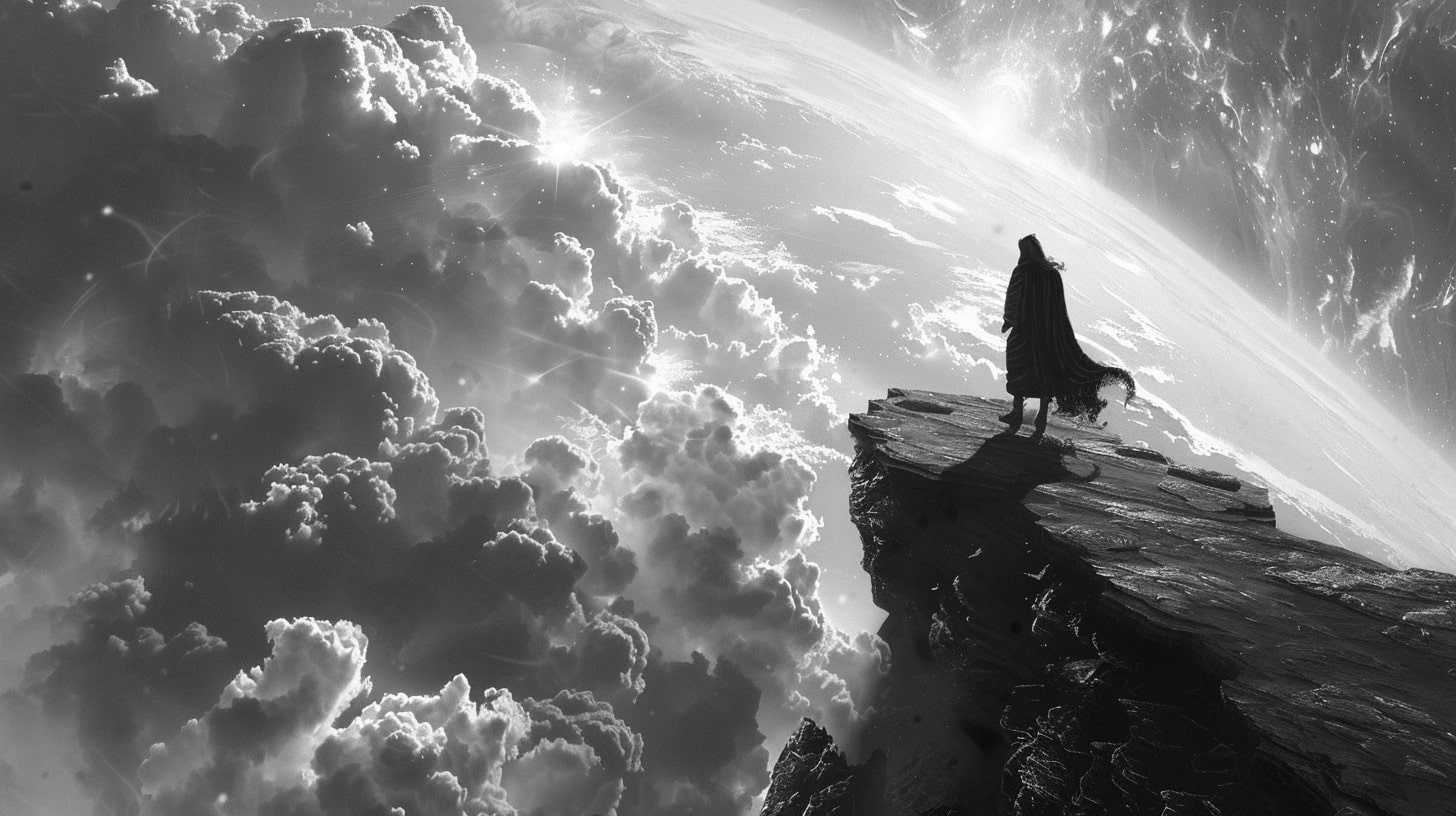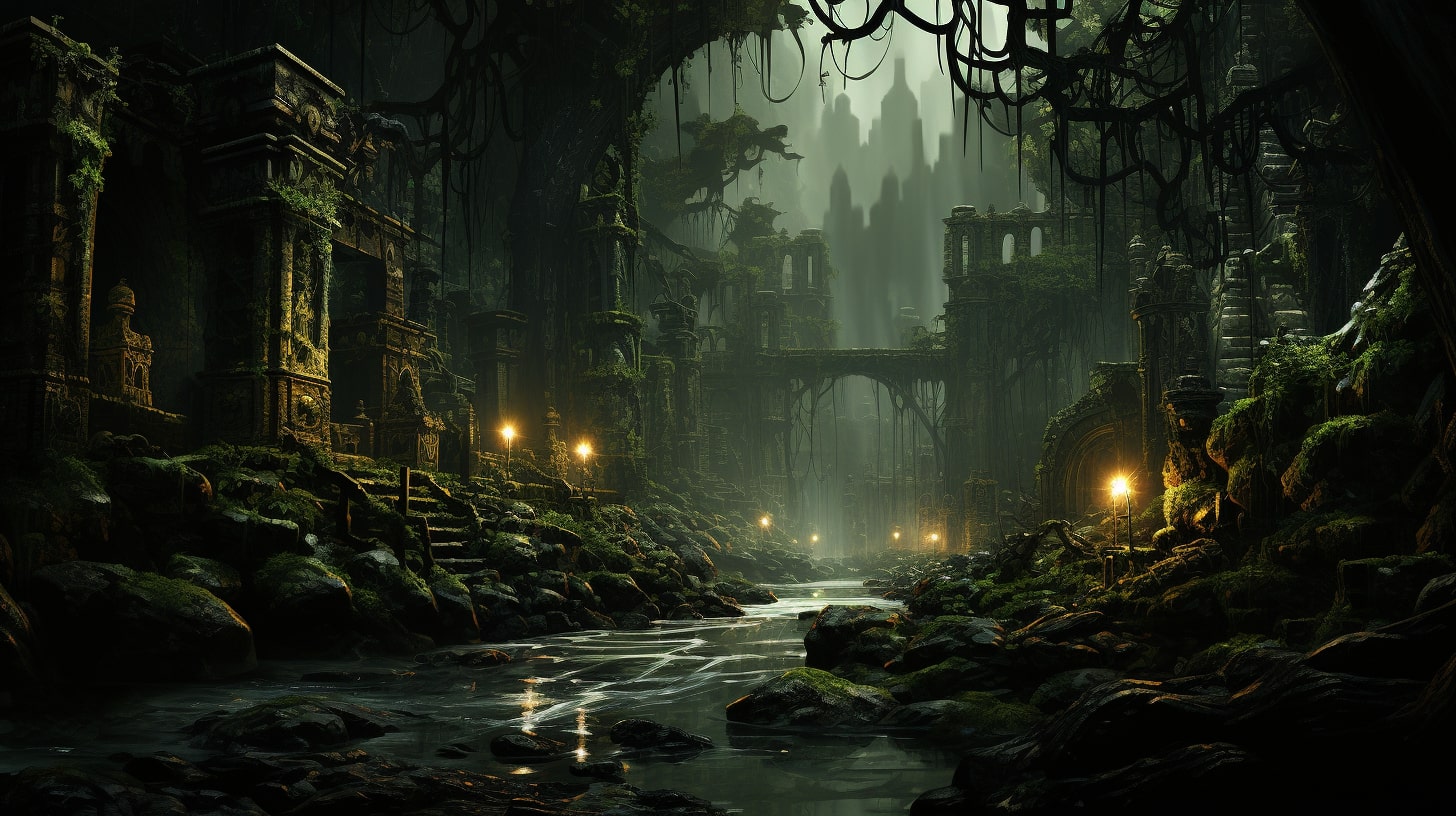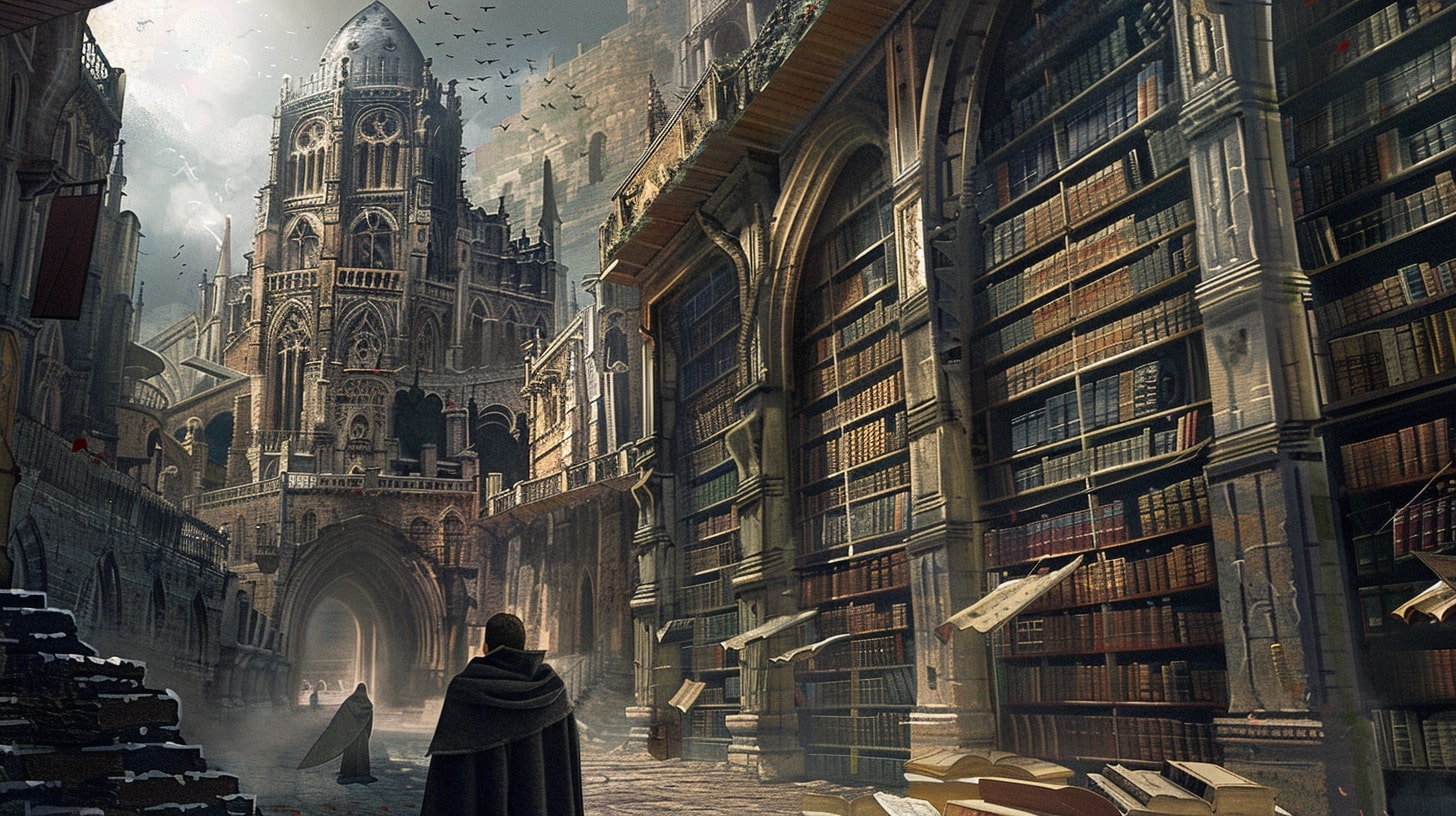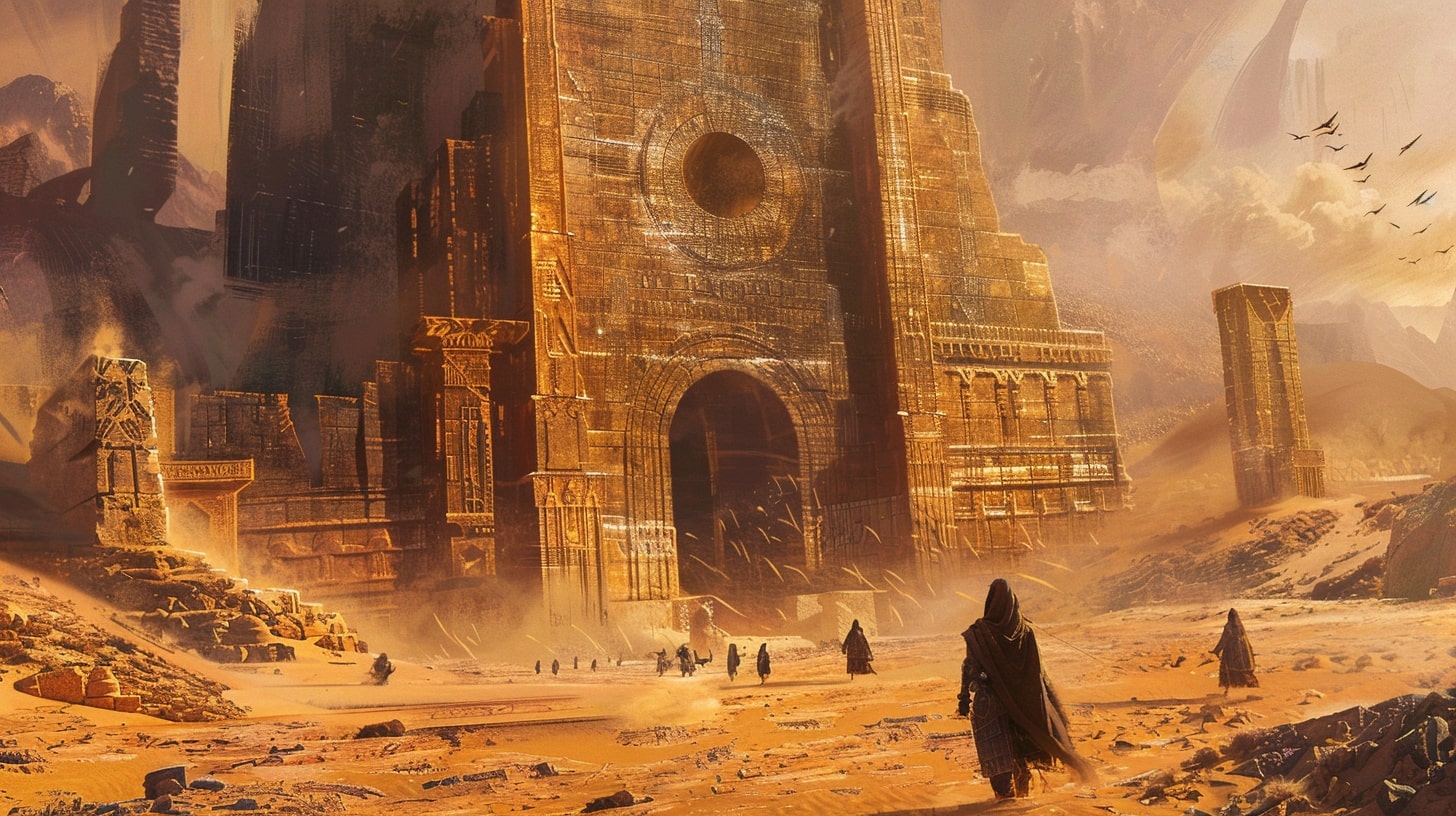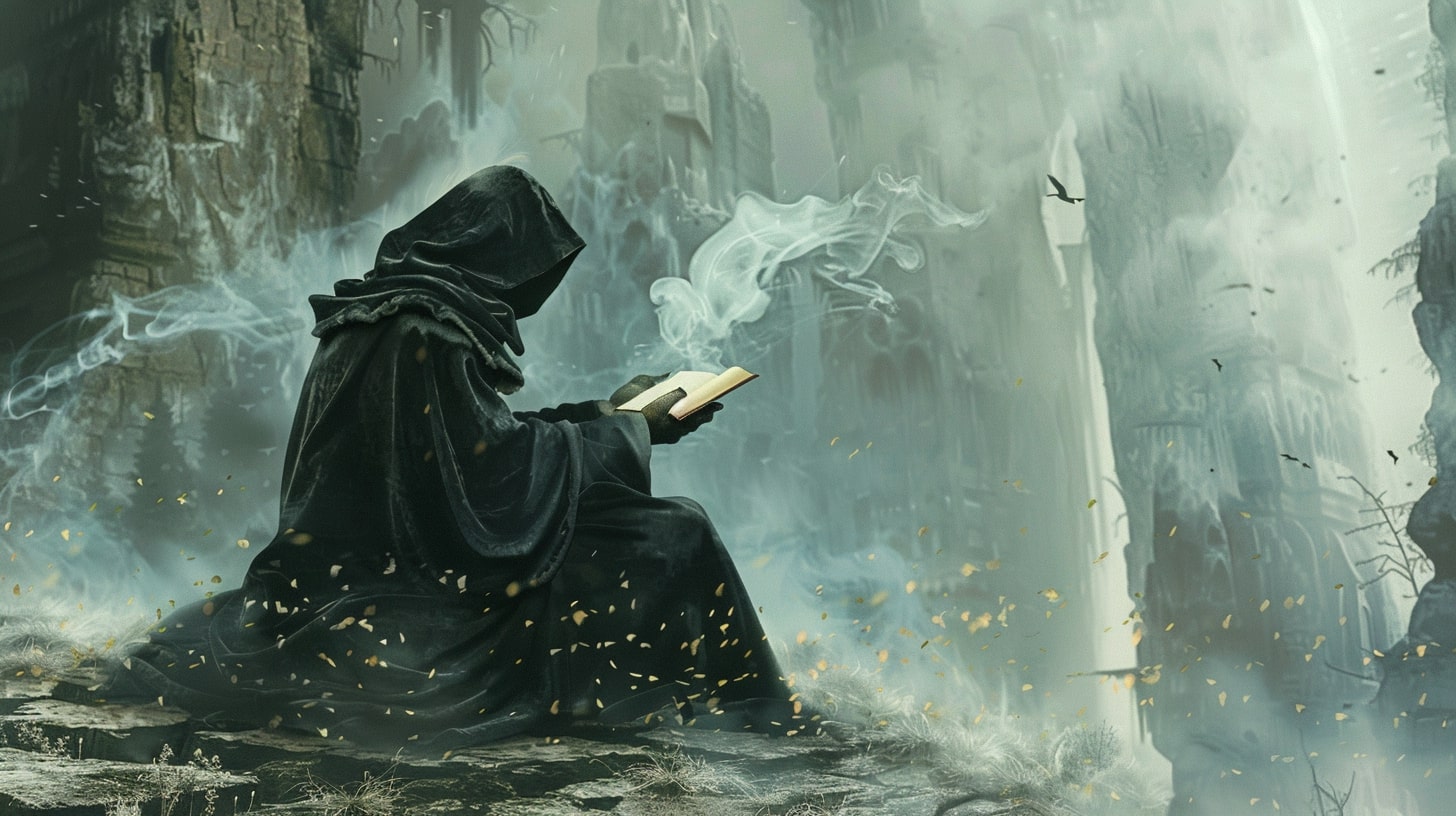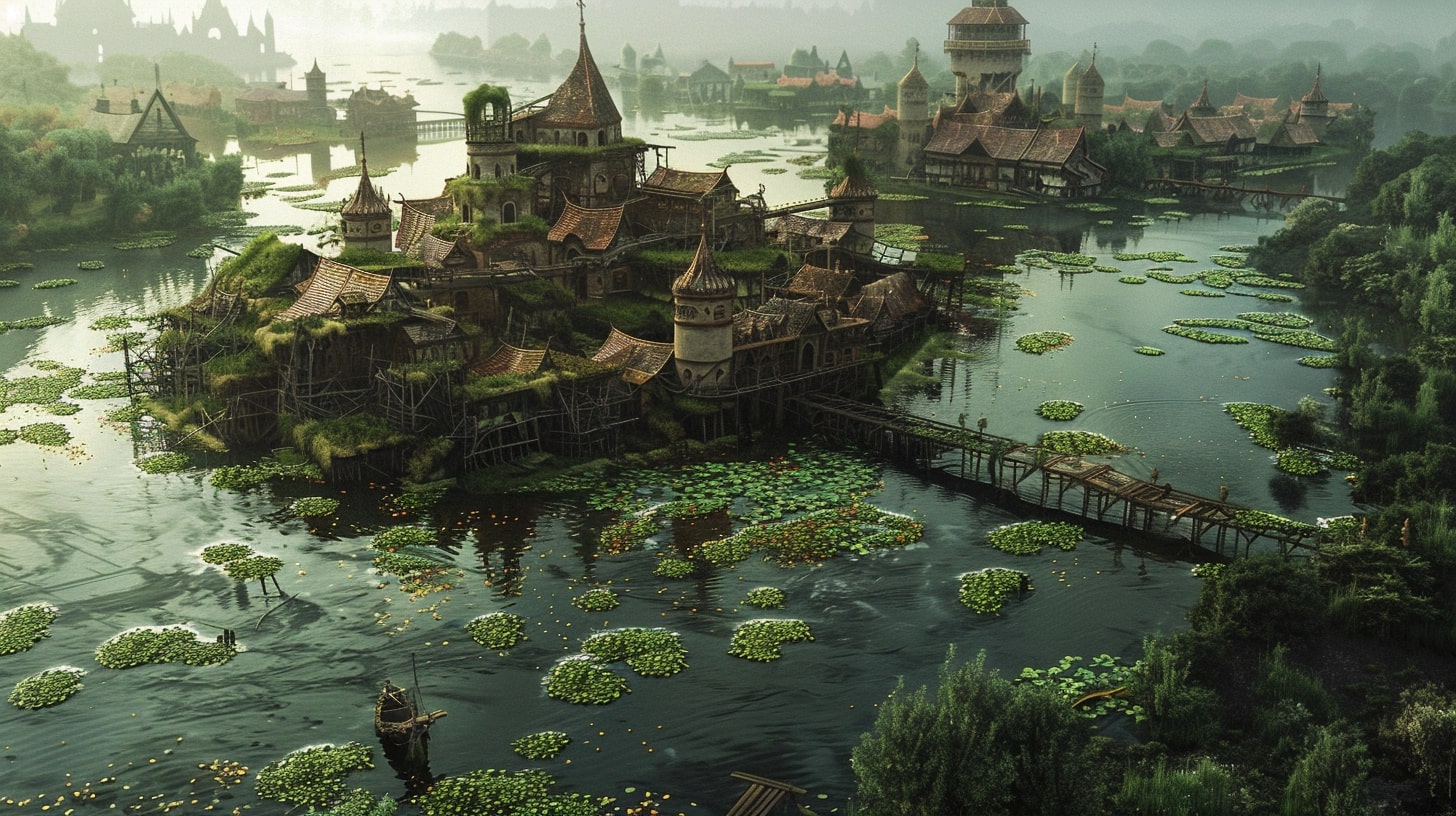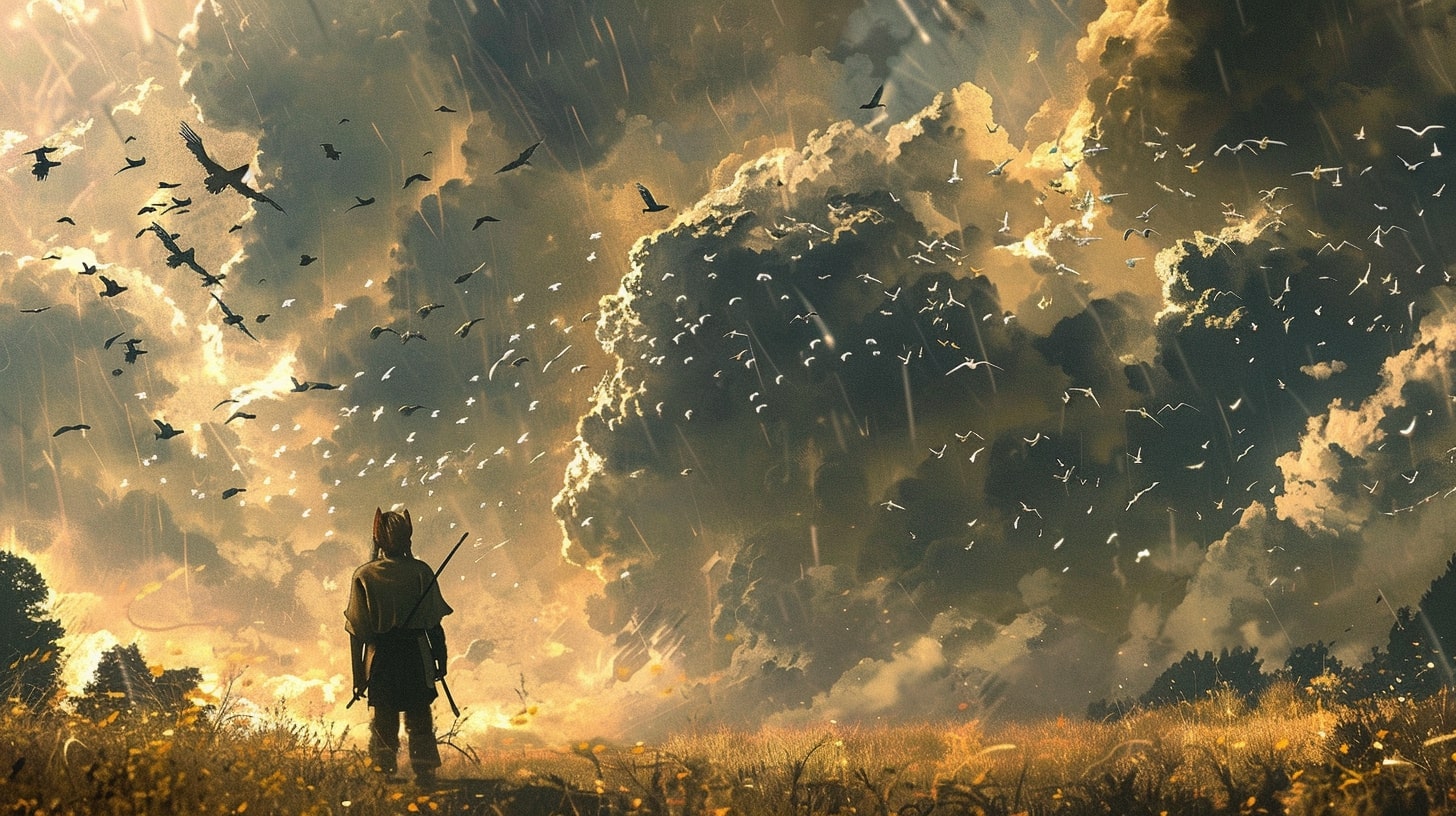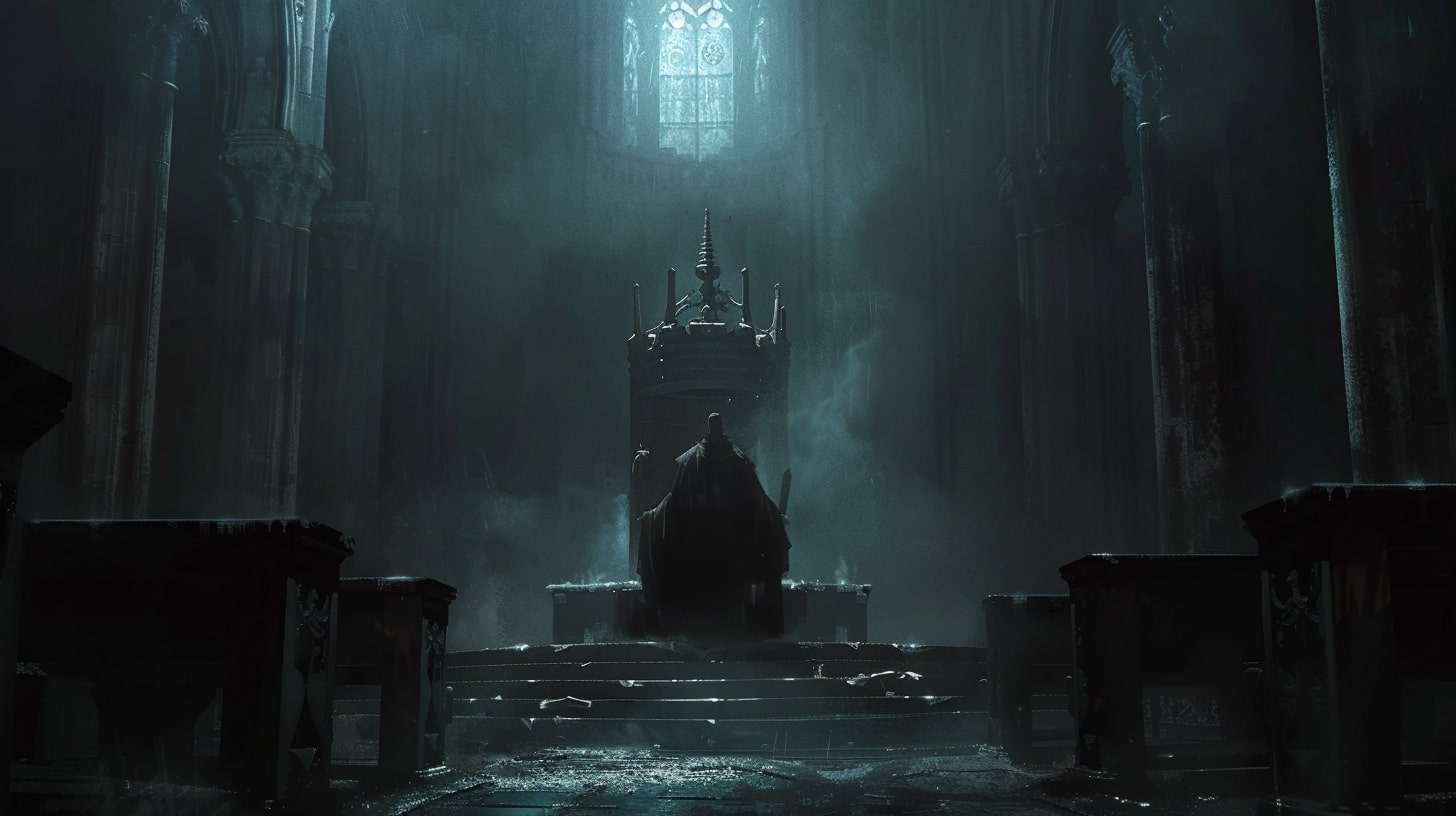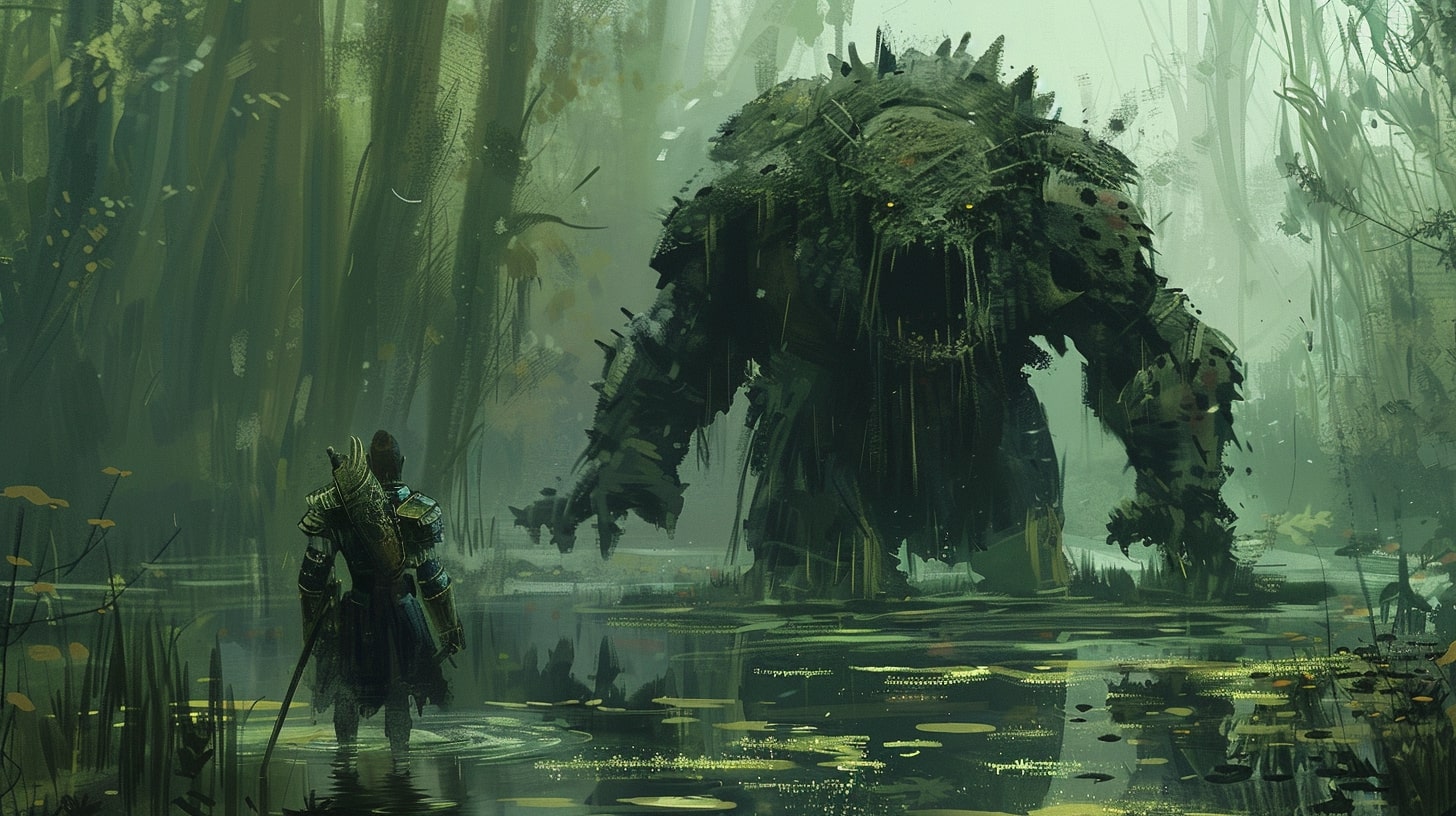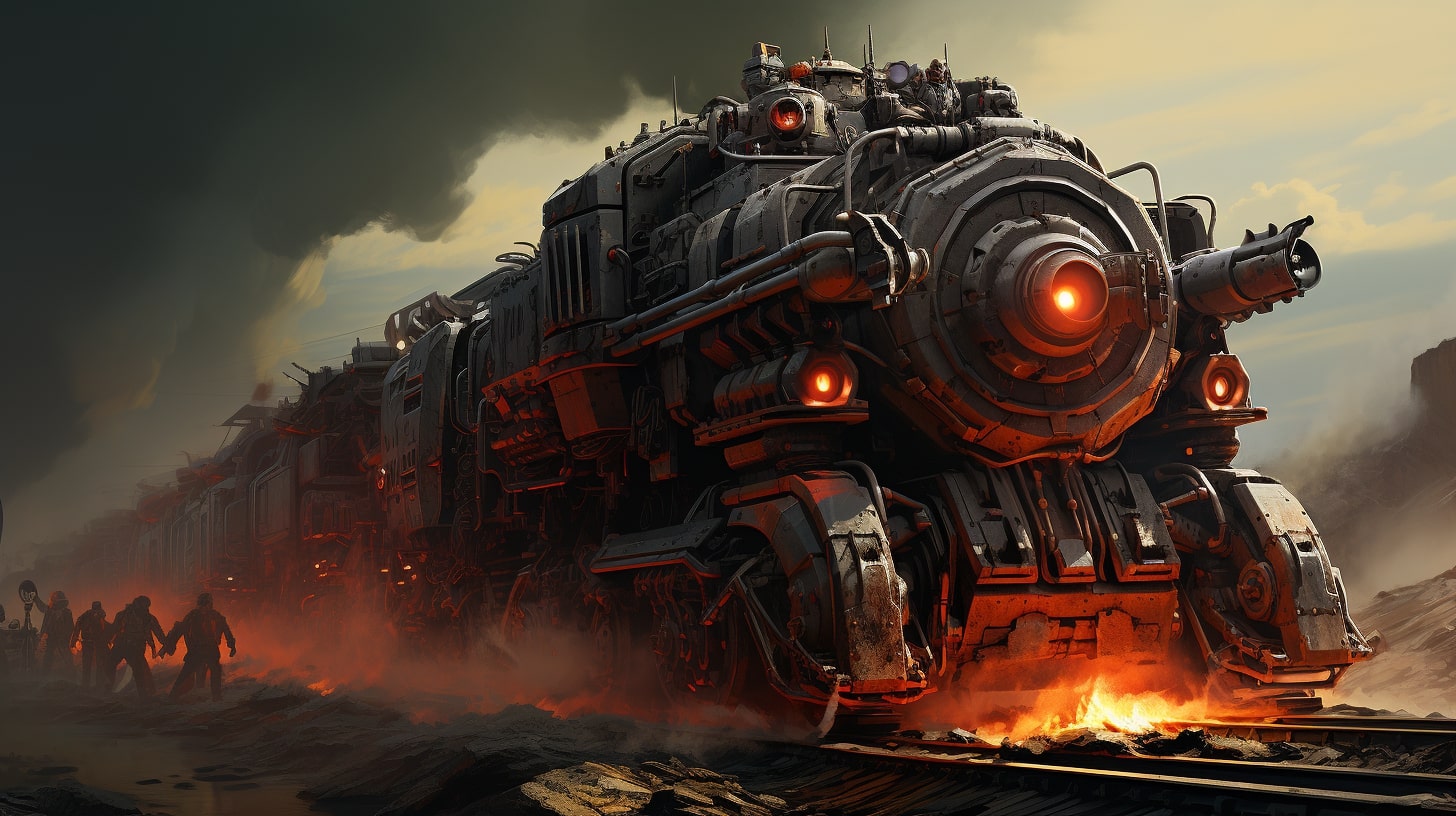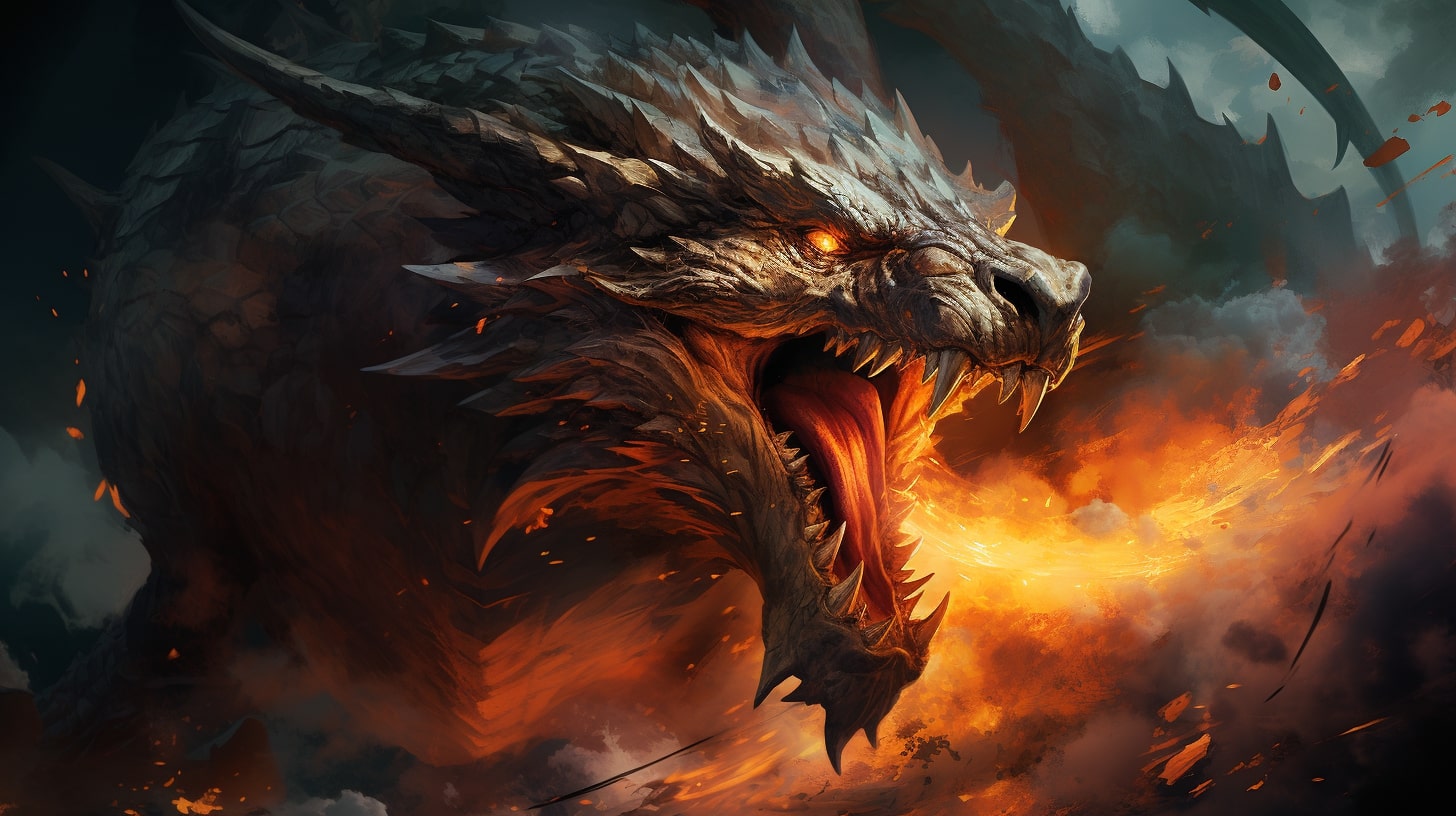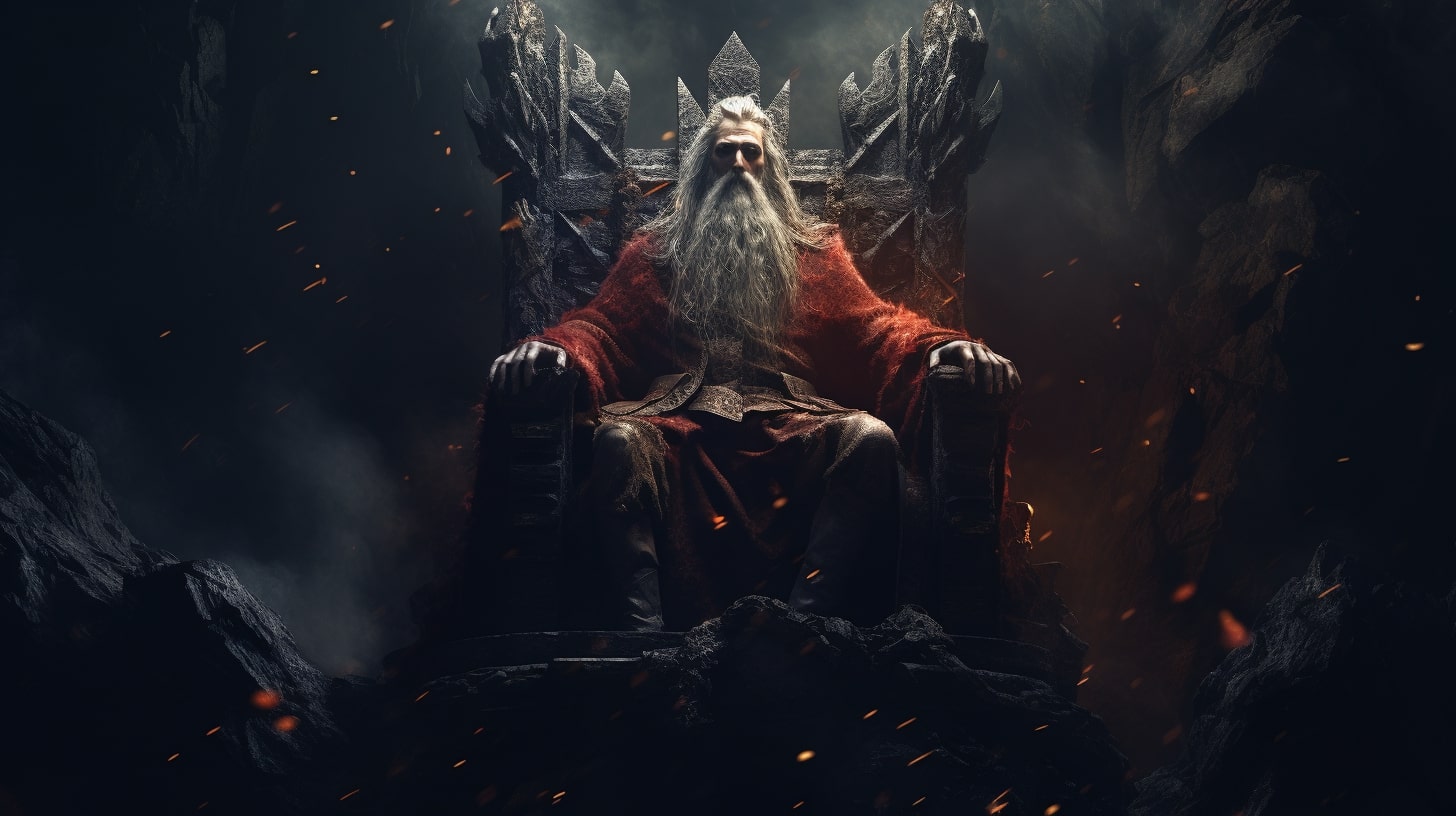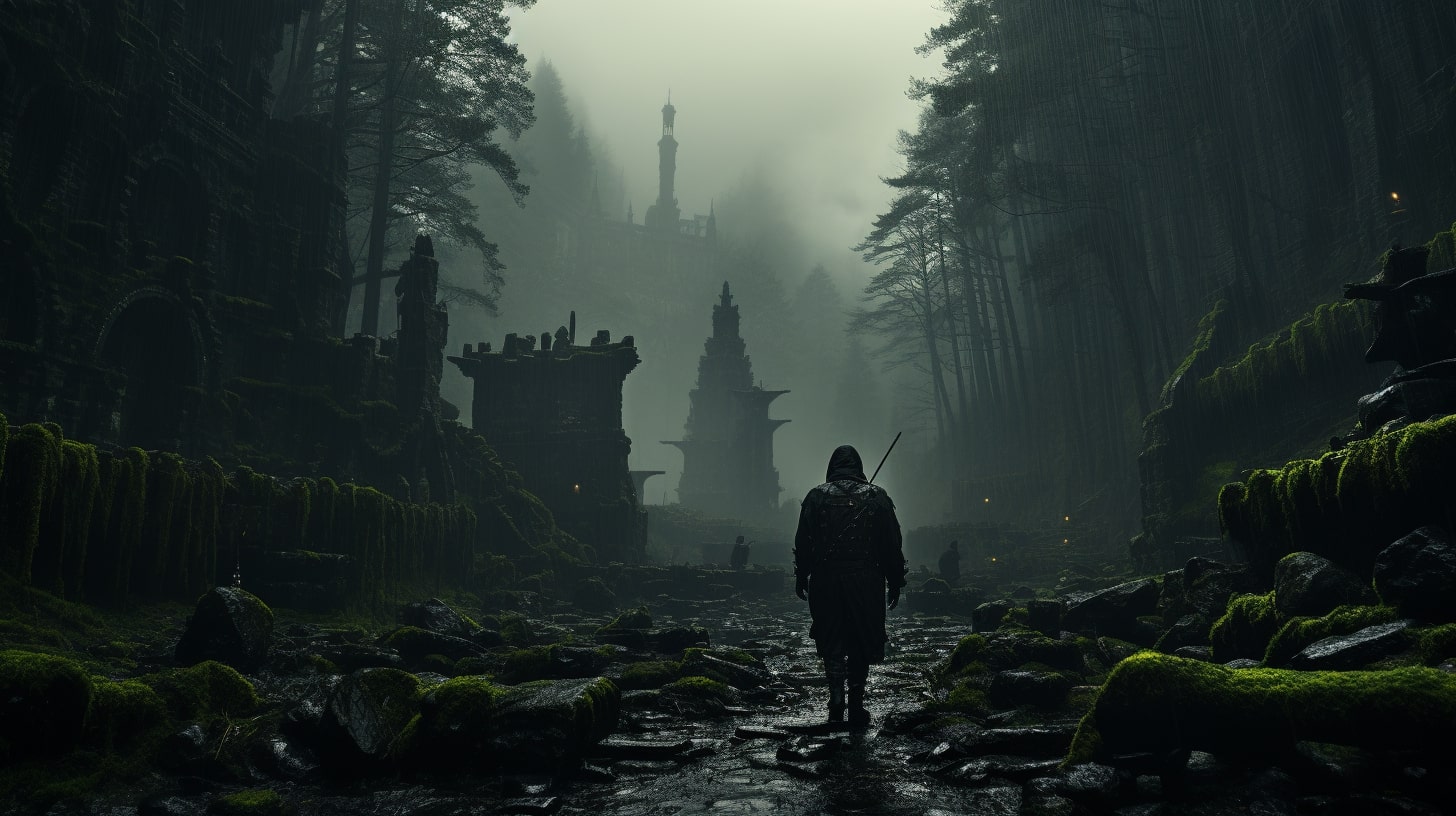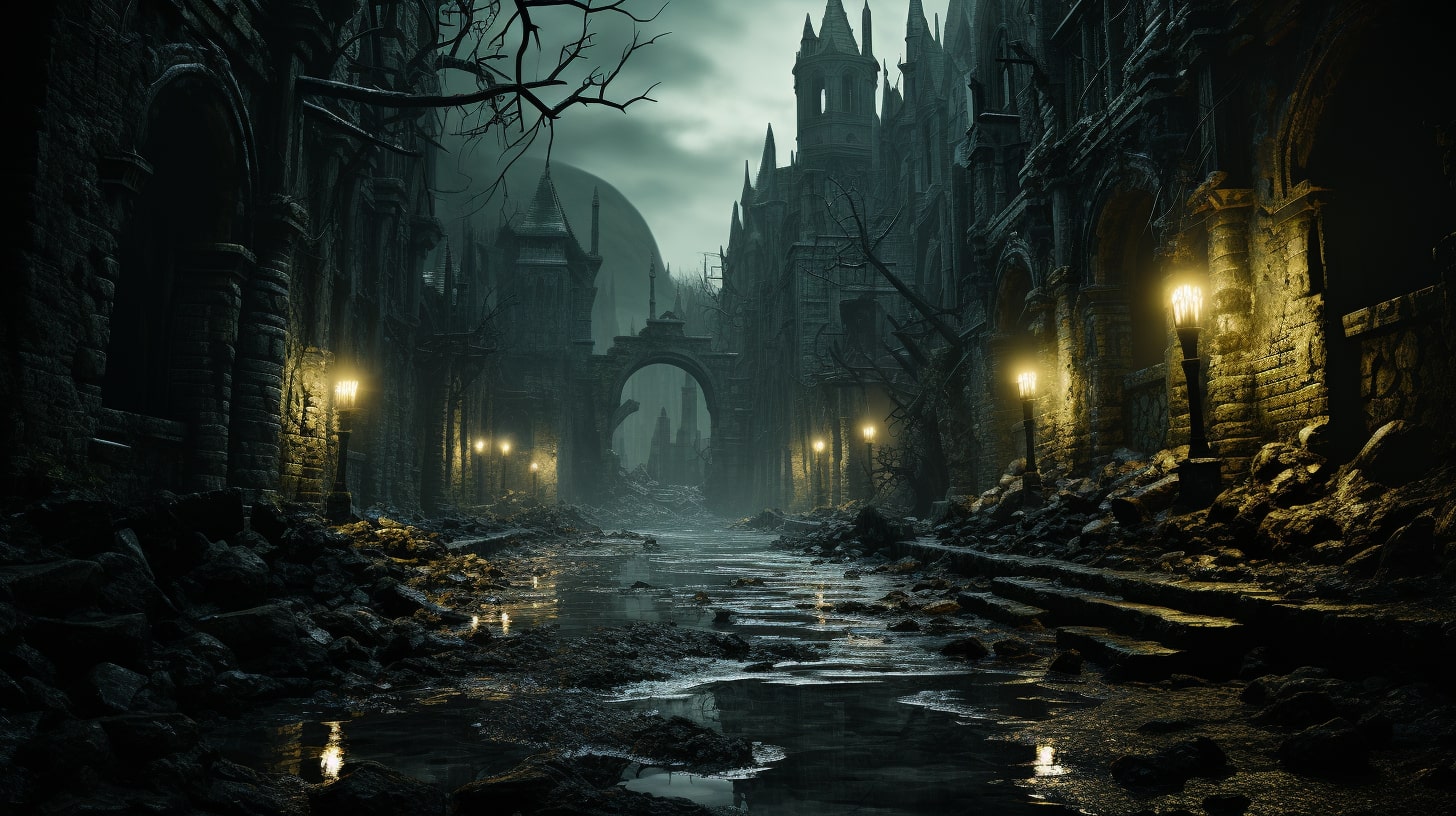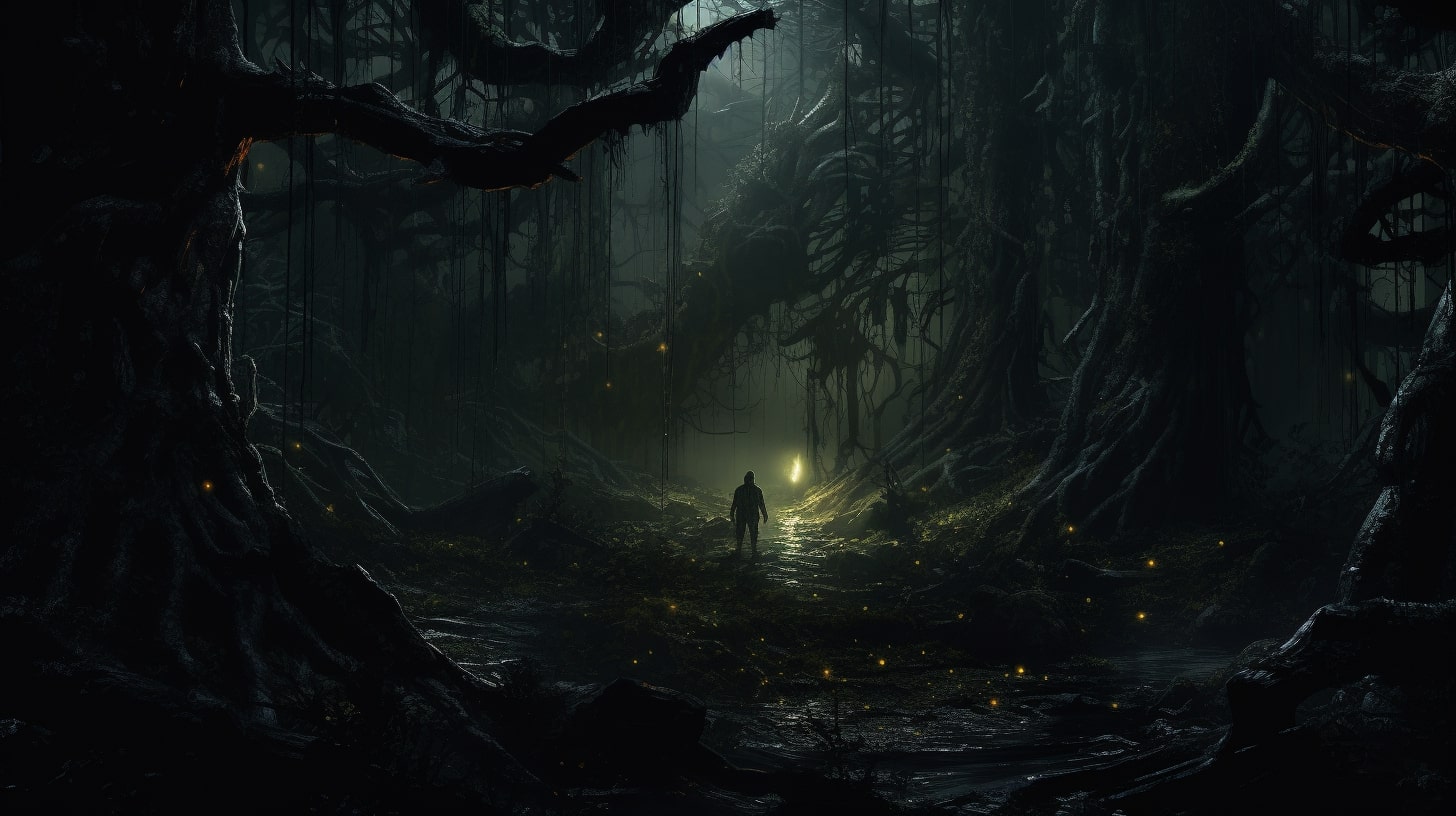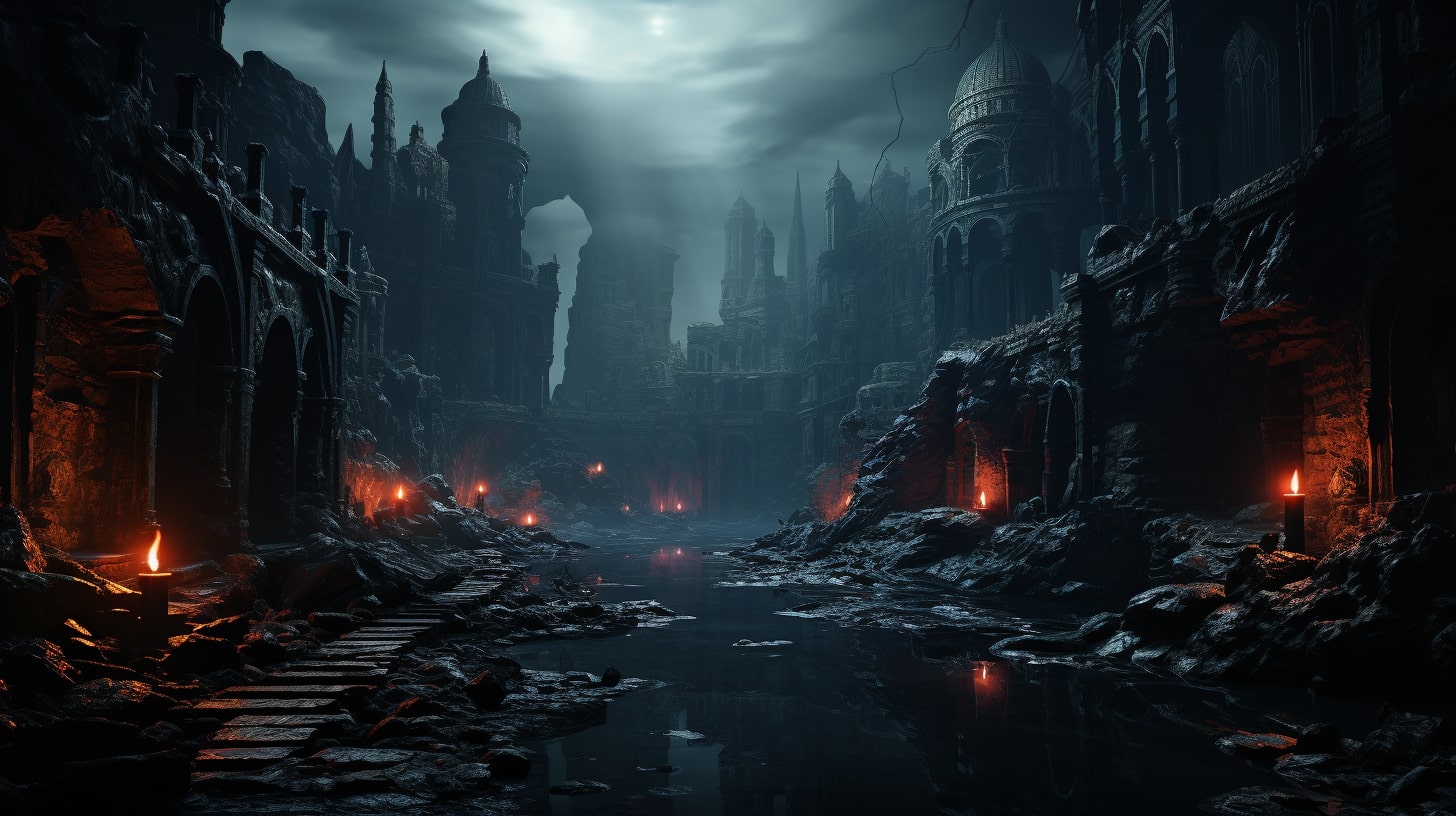Worldbuilding and Religion
In the realm of fantasy writing, religion plays a vital role in the process of worldbuilding. It adds depth, complexity, and a sense of authenticity to the fictional worlds you create.
By incorporating religion into your worldbuilding, you can enhance the narrative and immerse your readers in a rich and believable setting. The challenge with worldbuilding religion is to make it believable and serve a purpose.
The Importance of Religion in Fantasy Worldbuilding
Religion serves as a cornerstone for the societies and cultures you construct in your fantasy world. It shapes the beliefs, values, and behaviors of the characters inhabiting your world. Just as religion holds significance in the real world, it can have a profound impact on the lives of your fictional beings.
Religion provides meaning, purpose, and a sense of identity for both individuals and communities. It offers explanations for the mysteries of life, the origins of the world, and the existence of supernatural forces. By developing a detailed religious system, you can breathe life into your world and make it feel more authentic.
Additionally, religion can act as a driving force behind conflicts, alliances, and quests within your story. It can create tension and drama as characters navigate moral dilemmas, grapple with faith, and challenge established religious institutions. The interplay between different religious beliefs and practices can lead to fascinating plot developments and character arcs.
How Religion Enhances the Narrative
By incorporating religion into your fantasy worldbuilding, you can enrich the narrative in several ways. Religion can:
Deepen Character Development: A character’s religious beliefs and practices can shape their motivations, choices, and conflicts. Exploring their relationship with their faith can add complexity and depth to their development.
Create Cultural Nuances: Different cultures within your world may have unique religious practices, rituals, and ceremonies. These cultural nuances can provide insights into the values, traditions, and social dynamics of various societies.
Drive Plot and Conflict: Religious tensions, rivalries, and conflicts can serve as compelling plot drivers. They can create obstacles for your characters to overcome and fuel the narrative with suspense and intrigue.
Examine Moral and Ethical Dilemmas: Religion often offers moral and ethical frameworks. By exploring the implications of these belief systems, you can delve into thought-provoking questions and dilemmas that challenge your characters and engage your readers.
Reflect Real-World Themes: Religion can be a vehicle for exploring real-world themes such as power, corruption, faith, doubt, redemption, and the human condition. It allows you to address these themes in a unique and fantastical context.
When incorporating religion into your worldbuilding, consider developing the core beliefs, pantheon or deities (like Naiad), rituals, and religious structures of your fictional religions. This attention to detail will help create a fully realized and immersive world for your readers to explore.
By weaving religion into the tapestry of your fantasy world, you can create a vibrant and believable setting that enhances your narrative, captivates your readers, and adds depth to your storytelling. So go forth and build the foundations of spirituality in your world, and let your imagination soar.
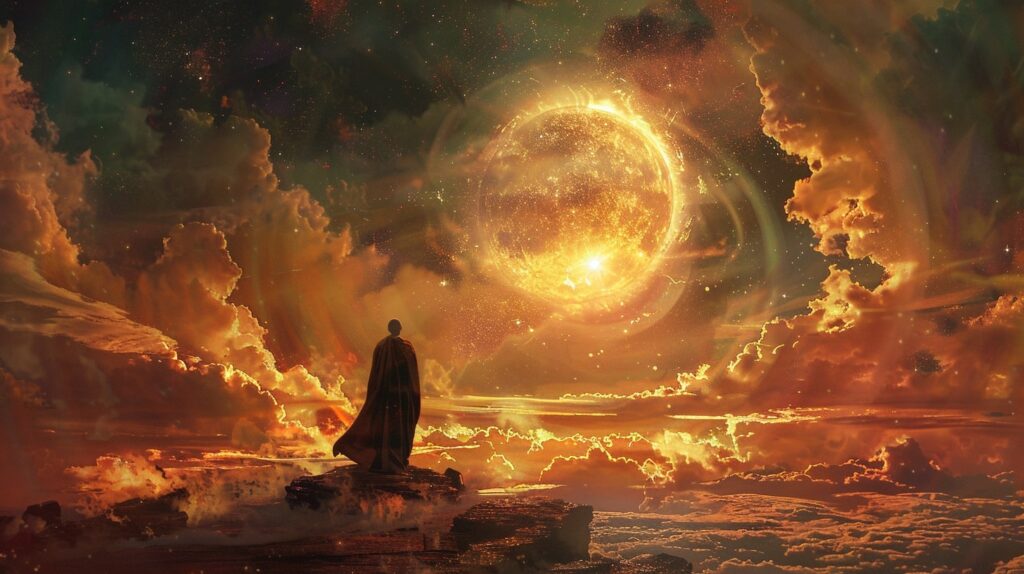
Worldbuilding Religion: Creating a Believable Religion
In the realm of worldbuilding, creating a believable religion is an essential aspect of developing a rich and immersive fantasy world. A well-crafted religion adds depth and authenticity to your fictional world, shaping the beliefs, values, and practices of its inhabitants. To create a religion that feels real and resonates with your readers, focus on establishing the core beliefs and developing the pantheon or deities.
Establishing the Core Beliefs
The core beliefs of a fictional religion serve as the foundation upon which the entire belief system is built. These beliefs shape how the followers of the religion interpret the world, understand their purpose, and interact with others. When establishing the core beliefs, consider the following aspects:
Creation Myth: Craft a myth or story that explains the origin of the world and the existence of life. This myth can provide insights into the beliefs surrounding creation, the divine, and the relationship between the mortal and the divine.
Cosmology: Develop a cosmology that defines the structure of the universe within your fantasy world. This could include realms, planes, or dimensions that are believed to exist alongside the mortal realm.
Morality and Ethics: Explore the moral and ethical principles that guide the behavior of followers. Consider the virtues, values, and codes of conduct that are central to the religion, and how they shape the moral compass of individuals within the world.
Afterlife and Eschatology: Define the beliefs surrounding the afterlife, including concepts of heaven, hell, reincarnation, or other forms of existence beyond death. Consider how these beliefs influence the way individuals live their lives and what they strive for in their mortal existence.
Developing the Pantheon or Deities
The pantheon or deities of a fictional religion are the divine beings worshipped and revered by its followers. These deities can represent various aspects of the natural world, human emotions, or abstract concepts. When developing the pantheon or deities, keep the following considerations in mind:
Number of Deities: Determine whether your religion will have a single deity, a small pantheon, or a vast array of deities. Consider the roles and responsibilities assigned to each deity within the pantheon.
Domains and Portfolio: Assign specific domains or portfolios to each deity, such as love, war, nature, or wisdom. These domains can highlight the areas of influence and expertise of each deity, allowing for a diverse and well-rounded pantheon.
Relationships and Hierarchies: Explore the relationships between the deities within the pantheon. Determine if there are hierarchies, alliances, rivalries, or conflicts among the divine beings. These dynamics can add depth and complexity to the religious narrative.
Symbols and Iconography: Create symbols and iconography associated with each deity. These symbols can be used in religious rituals, artwork, and architecture, providing visual cues that further immerse readers in the world of your fictional religion.
imBy establishing the core beliefs and developing a pantheon or deities, you can create a religion that feels authentic and adds depth to your fantasy world. Remember to consider the influence of religion on society, the rituals and practices associated with the religion, and how it can contribute to conflicts and tensions within your narrative. For more worldbuilding ideas and inspiration, check out our worldbuilding resources.
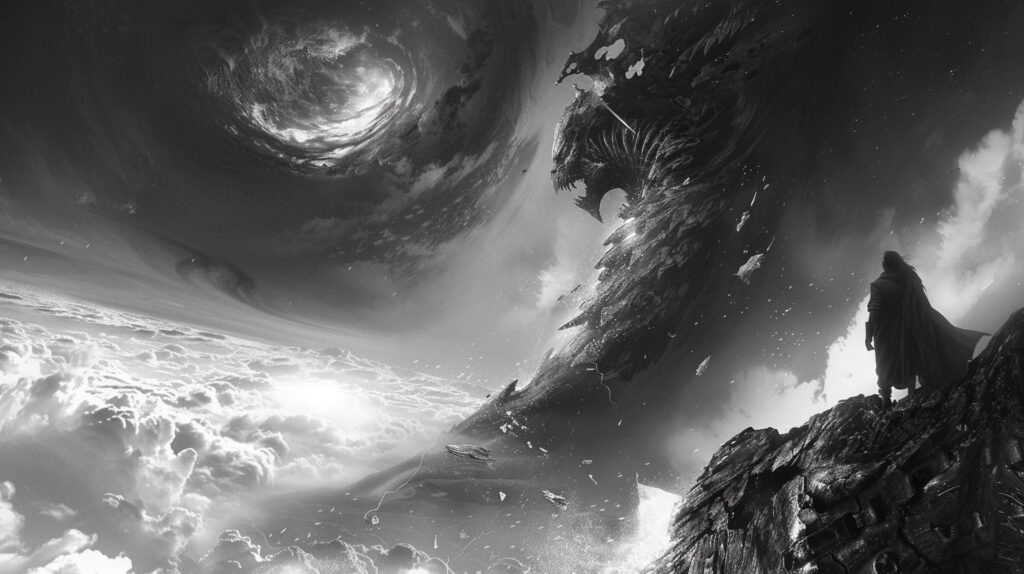
Rituals and Practices
As you delve into the worldbuilding of your fantasy tale, rituals and practices play a significant role in shaping the religious aspects of your fictional society. These practices help bring the beliefs and traditions of your created religion to life. Here, we will explore two key elements: religious ceremonies and festivals and daily devotions and practices.
Religious Ceremonies and Festivals
Incorporating religious ceremonies and festivals into your worldbuilding adds depth and authenticity to the beliefs and traditions of your fictional religion. These events can range from grand celebrations to intimate gatherings, each serving a specific purpose within the religious context.
Religious ceremonies can include rituals such as blessings, purification rites, initiations, or sacraments. They may be held in sacred places such as temples, shrines, or other significant locations within your world. These ceremonies often mark important milestones in the lives of individuals, such as birth, coming of age, marriage, or death. They can also commemorate historical events or honor deities and mythical figures.
Festivals, on the other hand, are joyous occasions that bring communities together to celebrate and express devotion. These events often include vibrant processions, music, dance, and feasting. They can be tied to agricultural cycles, lunar or solar events, or significant dates in the religious calendar. Festivals provide opportunities for characters in your story to interact, deepen their faith, or even encounter challenges or conflicts arising from differing interpretations of religious traditions.
Crafting unique ceremonies and festivals for your worldbuilding not only enriches the religious tapestry of your fictional world but also offers opportunities for character development and plot advancement.
Daily Devotions and Practices
Daily devotions and practices are the foundation of religious life for individuals within your world. These rituals are woven into the fabric of everyday existence and help characters connect with their beliefs, deities, and the world around them.
Daily practices can include prayers, meditation, offerings, or acts of service. They serve as a means to express gratitude, seek guidance, or cultivate a sense of inner peace. Characters may have personal altars or sacred spaces within their homes where they perform these rituals.
Incorporate unique elements into the daily practices of your fictional religion. For example, followers may observe specific dietary restrictions, wear symbolic clothing or jewelry, or engage in specific gestures or postures during prayer. These practices can vary based on individual beliefs, geographical regions, or social hierarchies within your world.
By incorporating rituals and practices into your worldbuilding, you create a sense of authenticity and depth to the religious aspects of your fantasy tale. These elements can shape the lives of your characters, influence their decisions, and provide a rich backdrop for the narrative to unfold. Remember to intertwine these practices with other aspects of your worldbuilding, such as religious structures and organizations, to create a coherent and immersive fictional world.
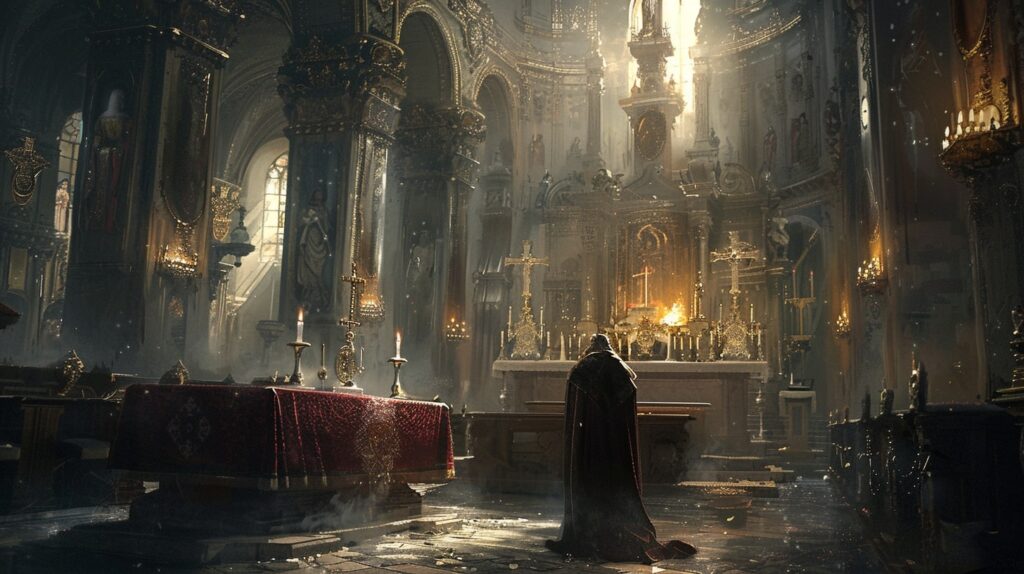
Religious Structures and Organizations
In your quest to build a rich and immersive fantasy world, religious structures and organizations play a vital role. They add depth and complexity to your fictional societies, offering insight into the beliefs and practices of your characters. Two key elements to consider in this aspect of worldbuilding are temples, shrines, and sacred sites and clergy and religious hierarchy.
Temples, Shrines, and Sacred Sites
Temples, shrines, and sacred sites are physical manifestations of religious devotion within your fantasy world. These places hold great significance to believers and serve as centers for worship, rituals, and ceremonies. Temples can range from grand architectural wonders to humble structures tucked away in remote corners of the world.
Consider the architectural style, materials used, and the location of these religious structures. Are they towering structures made of stone, or are they intricate wooden shrines hidden deep within a mystical forest? Each architectural choice can reflect the culture, history, and aesthetics of the religious group.
Additionally, sacred sites can be natural landmarks or geographical formations that hold spiritual importance. They might be mountains, caves, or mystical springs that are believed to be the dwelling places of deities or the sites of significant events in religious mythology. These sacred sites can become pilgrimage destinations or places of contemplation for your characters.
Clergy and Religious Hierarchy
The clergy and religious hierarchy are the individuals who carry out the religious duties and guide the spiritual lives of the believers in your fantasy world. They can include priests, priestesses, monks, nuns, and other religious figures. These individuals often undergo specialized training and possess deep knowledge of the religious doctrines and practices.
Consider the organization and structure of the religious hierarchy. Are there different ranks or levels within the clergy? Are there specific rituals or ceremonies that mark their progression through the ranks? Are there different religious orders within the hierarchy, each with its unique responsibilities or areas of expertise?
The clergy may also have specific roles within the religious community, such as officiating ceremonies, providing spiritual guidance, or preserving sacred texts and artifacts. Take into account the daily routines, rituals, and practices of the clergy members. How do they interact with the wider society? Do they live in communal settings or within the temples themselves?
By delving into the intricacies of religious structures and organizations, you can add depth and realism to your fantasy world. Consider the cultural and historical context of these elements, and how they shape the beliefs, practices, and interactions of your characters. For more worldbuilding inspiration and tips, check out our worldbuilding resources.
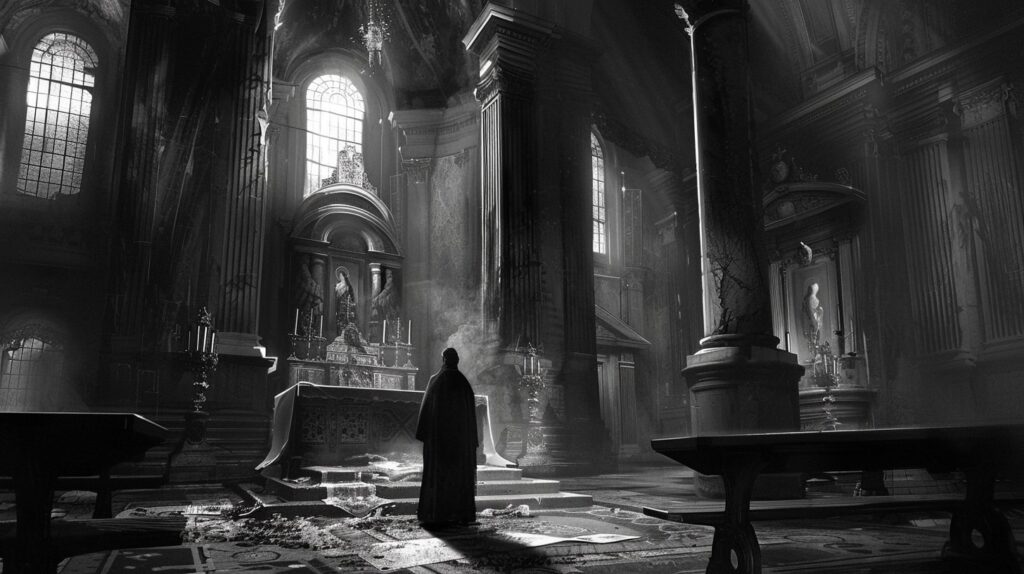
Religion’s Influence on Society
In the process of worldbuilding religion for your fantasy tales, it’s important to consider the influence that religion has on the societies within your fictional world. Religion plays a significant role in shaping the moral and ethical codes, as well as impacting the laws and governance of a society.
Moral and Ethical Codes
Religion often provides a framework for the moral and ethical codes followed by individuals in a society. It establishes a set of principles and values that guide their behavior and decision-making. These codes may include concepts such as honesty, kindness, compassion, and justice. The teachings and beliefs of a particular religion can shape the moral compass of its followers, influencing how they interact with others and navigate the world around them.
Different religions may have varying moral and ethical codes, reflecting their unique beliefs and traditions. For example, a religion might prioritize the importance of family and community, while another might emphasize self-discipline and personal spiritual growth. The moral and ethical codes established by the religion can influence social norms and expectations within the society.
Impact on Laws and Governance
Religion can also have a profound impact on the laws and governance of a society. The religious beliefs and values held by the majority or influential groups within a society can shape the legal system and the policies enacted by the governing bodies. In some cases, religious laws may be directly incorporated into the legal framework.
For instance, a society heavily influenced by a religion that views certain behaviors as sinful or immoral may have laws that align with those religious beliefs. These laws might regulate activities such as marriage, divorce, inheritance, or even personal conduct. The religious authorities or clergy may also hold positions of power within the governance structure, further intertwining religion and government.
It’s important to note that the degree of religious influence on laws and governance can vary widely between different societies and cultures. Some societies may have a separation of church and state, allowing for a more secular legal system. Others may have a theocratic government, where religious leaders hold significant political power.
By considering the impact of religion on society, you can create a more immersive and realistic world for your fantasy tales. This adds depth and complexity to the societies you build, allowing for exploration of themes related to faith, morality, and the interplay between religion and governance. For more worldbuilding ideas and inspiration, check out our articles on worldbuilding cultures and worldbuilding politics.
Building Conflict and Tension
In the realm of worldbuilding, conflict and tension are essential elements to create engaging and dynamic narratives. Religion can be a powerful source of conflict, and incorporating religious sects and factions as well as religious conflicts and wars can add depth and complexity to your fantasy world.
Religious Sects and Factions
Within your fictional world, you can introduce various religious sects and factions that hold different interpretations of the core beliefs or doctrines of your created religion. These sects may have contrasting practices, rituals, or even conflicting beliefs, leading to tension and rivalries among their followers. This diversity within a religion can mirror real-world religious divisions and provide a rich tapestry of characters and motivations for your story.
To add depth to your religious sects and factions, consider their origins, leaders, and unique customs. Are there historical events that led to the creation of these sects? Do they venerate different deities or have different interpretations of the same deity? By answering these questions, you can create compelling narratives that explore the ideological clashes and power struggles between these groups.
Religious Conflicts and Wars
Religious conflicts and wars have been a recurring theme throughout history, and they can serve as a catalyst for intense drama in your fantasy world. These conflicts can arise from differences in religious beliefs, territorial disputes over sacred sites, or power struggles between religious leaders.
To build tension and create engaging narratives, consider the causes and consequences of these conflicts. Are there specific triggers that ignite the conflict? How do these conflicts affect society, politics, and the lives of ordinary people? By exploring the consequences of religious conflicts and wars, you can delve into themes of faith, sacrifice, and the human cost of ideological clashes.
It’s important to approach these topics with sensitivity and respect, avoiding direct references to real-world religions or perpetuating harmful stereotypes. Instead, focus on crafting a fictional world that reflects the complexities and nuances of religious conflicts, allowing readers to explore the impact of these conflicts on your characters and their world.
By incorporating religious sects and factions as well as religious conflicts and wars, you can infuse your world with tension, drama, and thought-provoking themes. These elements not only enhance the depth of your fantasy world but also provide opportunities for character development and exploration of complex moral and ethical dilemmas.
